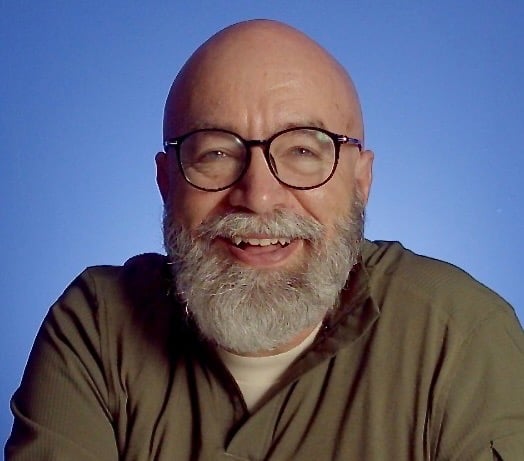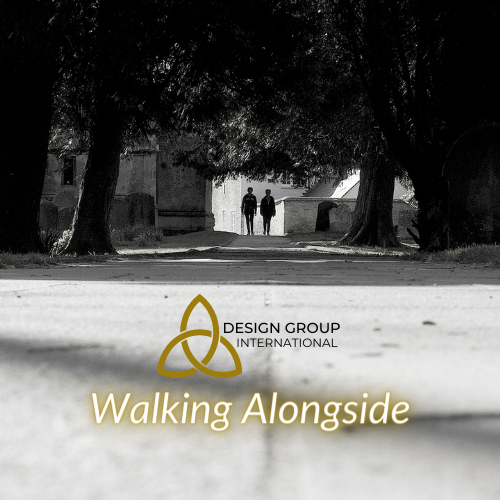Eerie! The night before, we were in conversation about the travails of US higher education, not just in the past but looking ahead to the anticipated steep drop in the expected number of available students. In that conversation, I mentioned how overbuilt US higher education has become and used the specific example of three Catholic universities in Milwaukee, Wisconsin. The following day, news headlines stated that Cardinal Stritch was closing after eighty-six years as an institution. A few days later, Mount Mary University announced it would do what it could to absorb students who suddenly have no academic home.
And so we go. More consolidation to come!
Some schools will come through this nail-biting time with an ever brighter future. Others will limp their way into oblivion. What is the difference? Yes, there may well be dumb luck for some, such as being able to absorb students from closing institutions, but underneath and beyond chance will be those colleges with broad ownership in addressing their issues and inspiration to do something about them.
When facing a daunting problem or opportunity in any industry or marketplace, help becomes help when those who must do something claim the issue as theirs and have the imagination and motivation to act. They must believe that something can be done and it is theirs to do. What might be done about the problem pictured above, for instance? To get a snow plow out of such a precarious place, someone must believe it can be done!
This level of fortitude to transform something and travel the upside of the Sigmoid Curve starts with robust answers to crucial questions:
WHY is this issue important to us?
WHO will play what role as we face the opportunity or challenge that this issue represents?
WHAT are the criteria by which we will recognize success?
WHEN does our work (or next step) need to be completed?
WHERE will this work occur (whether in actual geography or within what domain)?
HOW will we proceed from here?
Answers to these questions need to come from those key people who are playing a part and are empowered to do the work. They are answering, together, what needs to be done and what will be done–collectively, individually, and accountably.

Ownership for and inspiration to do something helps us make stone soup out of otherwise intractable problems. This abundant and appreciative inquiry approach enables design thinking and a means to make something true, good, and beautiful out of what feels to be a scarce and shrinking set of resources. Schools like this will absorb the assets of a failing one–eventually serving more students than the original two schools ever would have.
Process Consulting, as a method, provides safe spaces to do the work of owning a problem or opportunity and being inspired to do something about it. A Process Consultant comes alongside the Client, whether a university, a hardware store, a three-division corporation, a family business, or a nonprofit, co-creating with them as the stakeholders declare together what they are willing to do.
It is tough to point fingers, cast blame, or wring hands when declaring intent to do something. Process Consultants are prepared to walk alongside you as you determine what help looks like.

/Dr.%20Mark%20L.%20Vincent%20Headshot%20(300x300).png?width=86&height=86&name=Dr.%20Mark%20L.%20Vincent%20Headshot%20(300x300).png) Mark L. Vincent
Mark L. Vincent
Design Group International
Advisory Partner
The core competencies of process consulting have been developed and are taught by the Society for Process Consulting. If you are interested in receiving your credential in process consulting please visit our website.

June 14, 2023

Comments